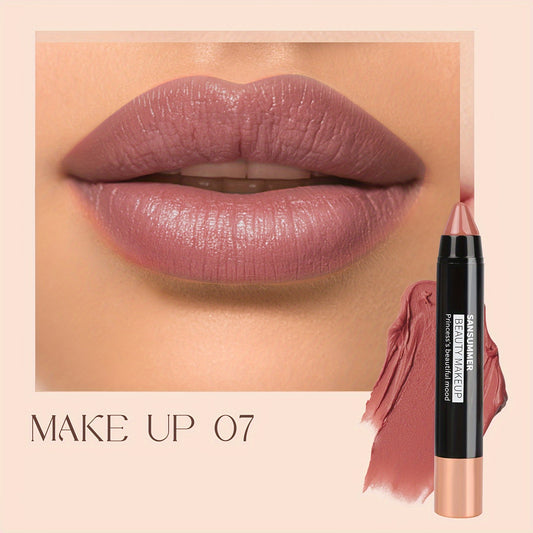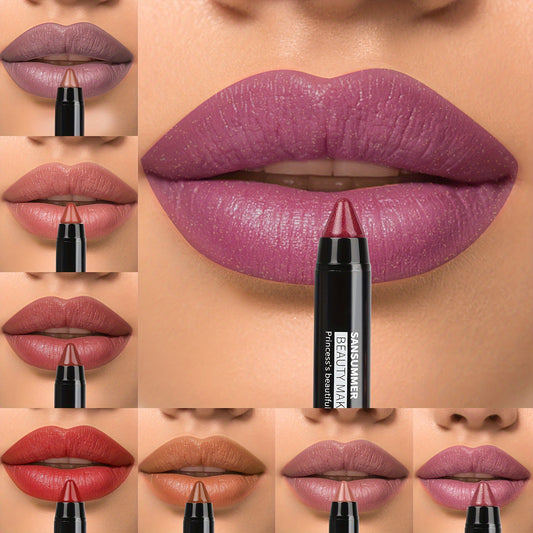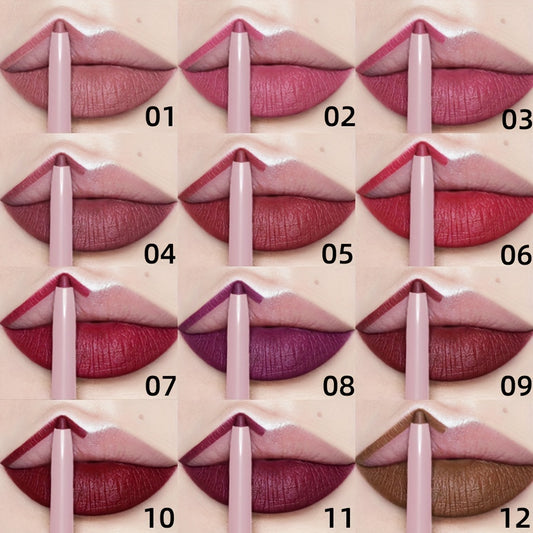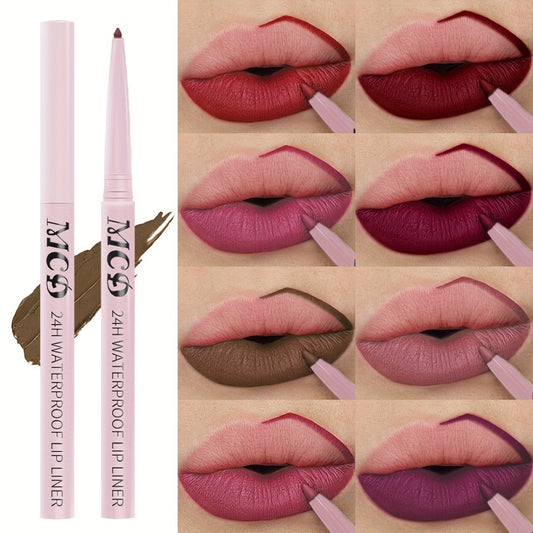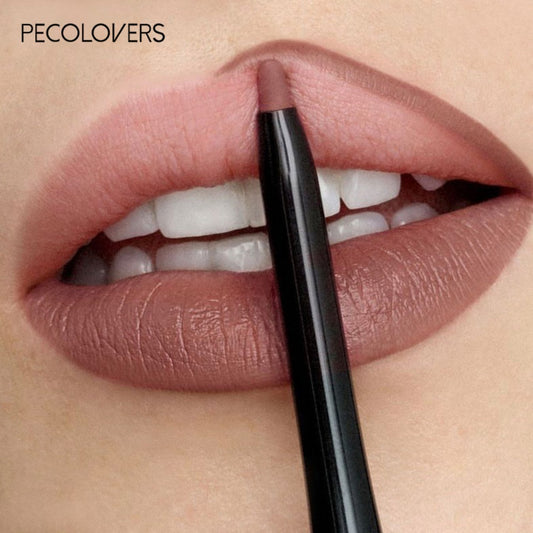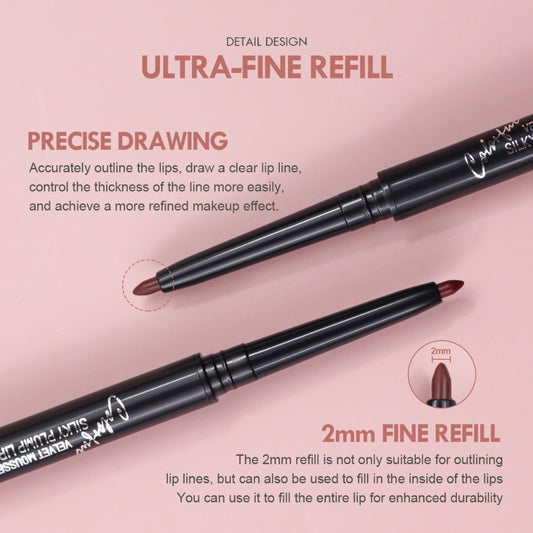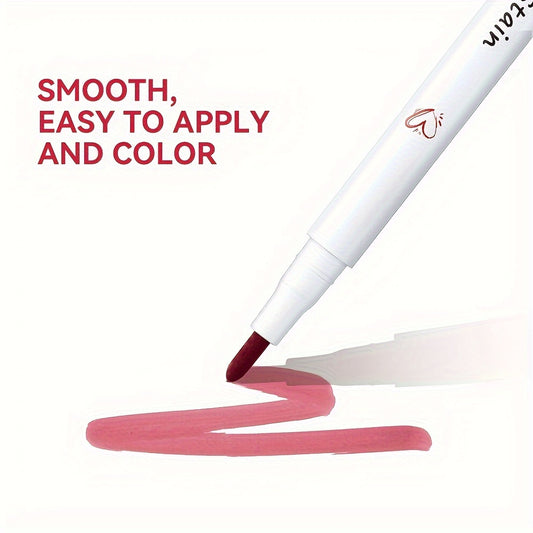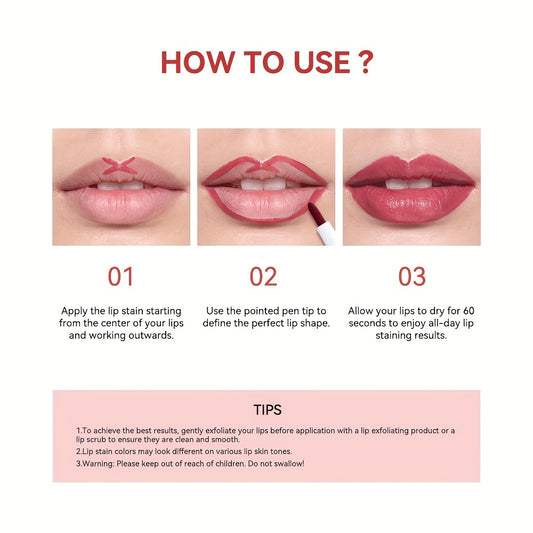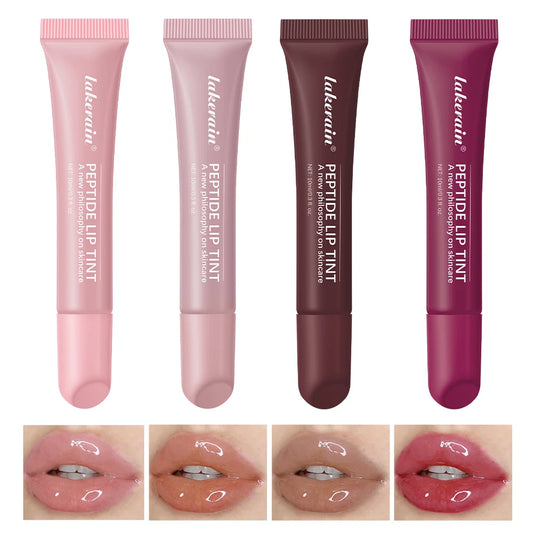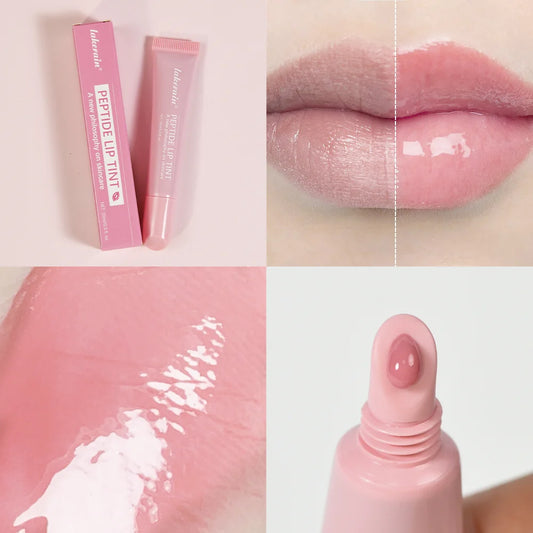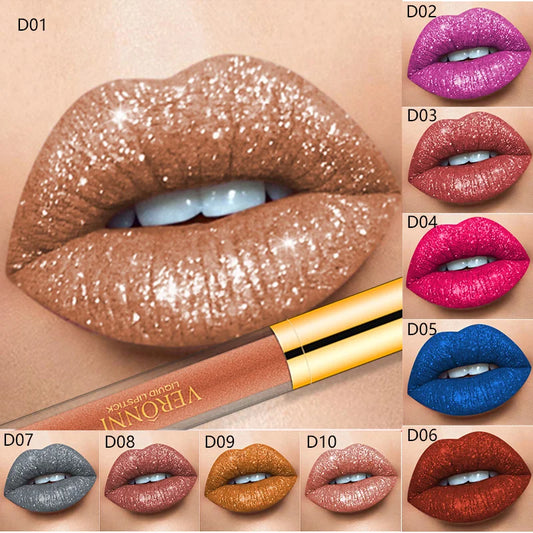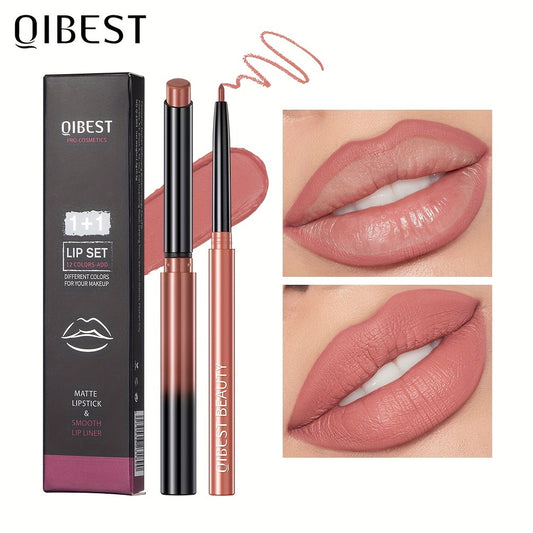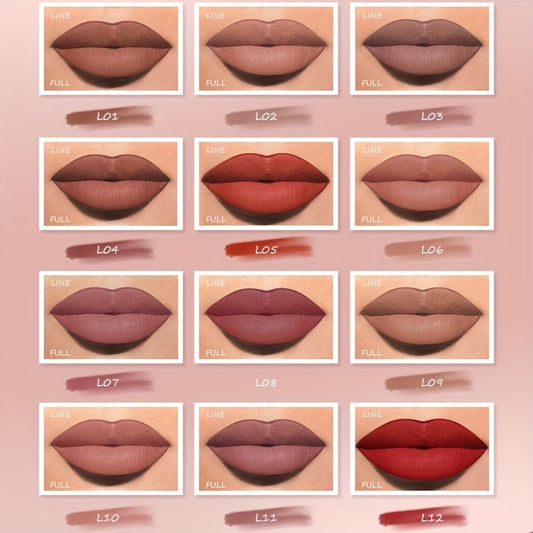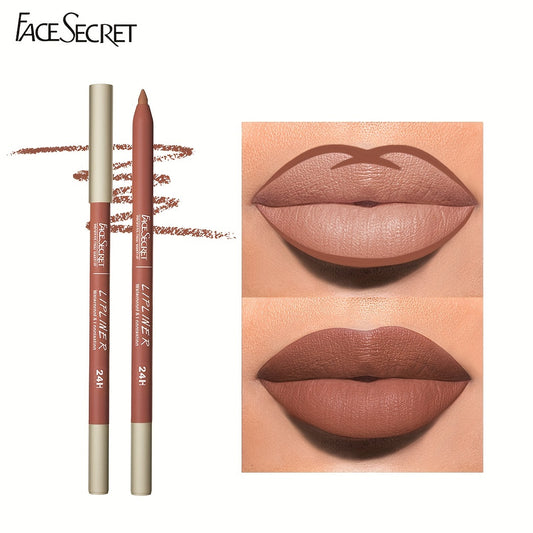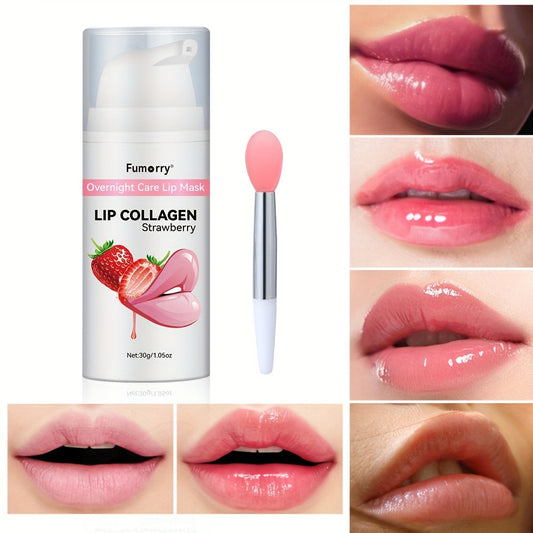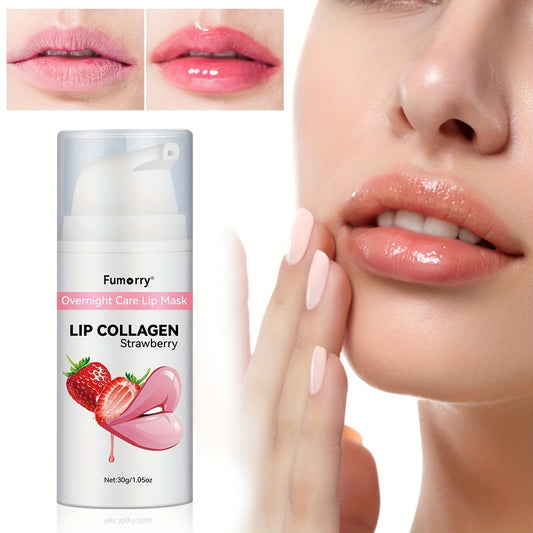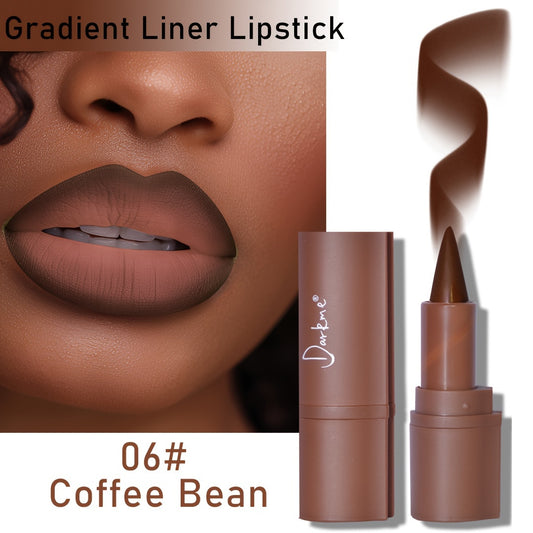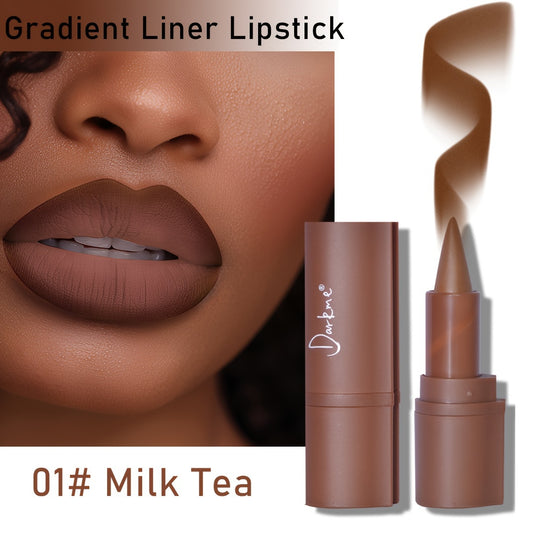Discovering DIY Tricks to Make Lip Balm with Beetroot at Home
Share
Welcome to Lipoxi's world of nourishing lip care delights! Today, we invite you to explore a creative and fun way to achieve luscious, colorful lips by discovering how to make a DIY lip balm with beetroot. This vibrant root veggie is not only a delicious treat but also a fantastic natural colorant and moisturizer for your lips. Dive into this guide to learn all about the benefits, trends, and strategies of creating a unique beetroot lip balm at home!
Table of Contents
- Introduction to Lipoxi and Beetroot Lip Balm
- Market Trends & Innovations
- Key Features, Benefits, and Use Cases
- Competitor Landscape
- SWOT Analysis
- Growth Drivers & Future Trends
- FAQs
- Conclusion & Call to Action
Introduction to Lipoxi and Beetroot Lip Balm
At Lipoxi, we are dedicated to providing innovative and natural beauty solutions. Our focus is on elevating your lip care routine with products made from quality ingredients. Beetroot is becoming a standout element in the world of lip balms due to its vibrant color and numerous health benefits. This superfood is rich in vitamins and minerals, ensuring your lips remain hydrated and healthy. Did you know that making your own lip balm with beetroot can be both easy and rewarding? Let's take a closer look at the current market to see why beetroot is a top choice in lip care.
Market Trends & Innovations
The demand for natural and organic skincare products is growing rapidly. Consumers are increasingly conscious about the ingredients they use on their skin, leading to a surge in DIY beauty products. Some key trends include:
- Popularity of Natural Ingredients: Ingredients like beetroot, which are known for being gentle and nourishing, are on the rise.
- DIY Beauty Routines: Many people enjoy personalized beauty recipes and find satisfaction in creating their own skincare products.
- Vibrant Coloration: Beetroot provides a natural pigment loved for its deep red hue, making it a preferred choice for natural beauty enthusiasts.
Explore more about these trends on Google's Market Insights for extensive industry data.
Key Features, Benefits, and Use Cases
Features
- 100% natural and vegetarian
- Provides vibrant color without synthetic dyes
- Rich in antioxidants and vitamins
Benefits
- Moisturizes and softens the lips
- Adds a natural flush of color
- Safe for sensitive skin
Use Cases
- Everyday lip moisturizer
- All-natural lip tint for sustainable beauty routines
For more insights into the benefits of beetroot lip balm, visit our article.
Competitor Landscape
Making a DIY lip balm at home is an engaging alternative to commercial options. Several brands offer similar natural tinted balms, including:
- Burt's Bees: Known for their natural lip care range.
- EOS: Focus on innovative packaging and organic formulas.
- Lipoxi: Check out our Nourishing All-Natural Lip Balm & Mask for a ready-made solution rich in natural ingredients.
SWOT Analysis
| Strengths | Weaknesses |
|---|---|
| Natural Ingredients | Short shelf life |
| Affordable DIY | Requires time to prepare |
| Customizable colors | Limited sun protection |
| Opportunities | Threats |
|---|---|
| Growing organic market | Competition from established brands |
Growth Drivers & Future Trends
The growth of the natural beauty market suggests a bright future for products like lip balm with beetroot. Driving factors include:
- Rising consumer demand for transparency in ingredient lists.
- Increasing awareness and access to DIY activities online.
- Social media influence on natural beauty trends.
For a broader view of market statistics, Wikipedia's article on natural skincare is a valuable resource.
FAQs
Q1: What are the main steps to make a beetroot lip balm at home?
A: You can create a beetroot lip balm by extracting beet juice, mixing it with melted beeswax, and adding a few drops of coconut oil for moisture.
Q2: Why is beetroot used in lip balm?
A: Beetroot is packed with vitamins and minerals that nourish the skin. Its natural pigments offer a beautiful color while keeping your lips soft.
Q3: Can I store DIY lip balm for a long time?
A: DIY lip balms typically have a shorter shelf life compared to commercial ones. Store them in a cool, dark place and use them within a few months.
Q4: Are there ready-to-use beetroot lip balms available?
A: Yes, our Nourishing All-Natural Lip Balm is ready-to-use with natural ingredients.
Q5: Is beetroot lip balm safe for sensitive skin?
A: Absolutely, beetroot is gentle and typically suitable for sensitive skin.
Q6: Does DIY beetroot lip balm provide SPF protection?
A: Most homemade lip balms do not offer SPF protection. It's advisable to layer it over a sun-protective balm if needed.
Conclusion & Call to Action
Discovering how to make a lip balm with beetroot at home offers a fun and rewarding way to nurture your lips naturally. Whether you enjoy getting creative with DIY projects or prefer ready-made options, Lipoxi provides quality solutions. Why not try our Delicious Lollipop Lip Balm for a sweet-smelling treat? Or explore our Lip Balm Collection for a variety of premium options. Begin your journey to natural beauty with us today and enjoy the vibrant, healthy lips you've always dreamed of!
Visit our website for more about our products and offerings.



